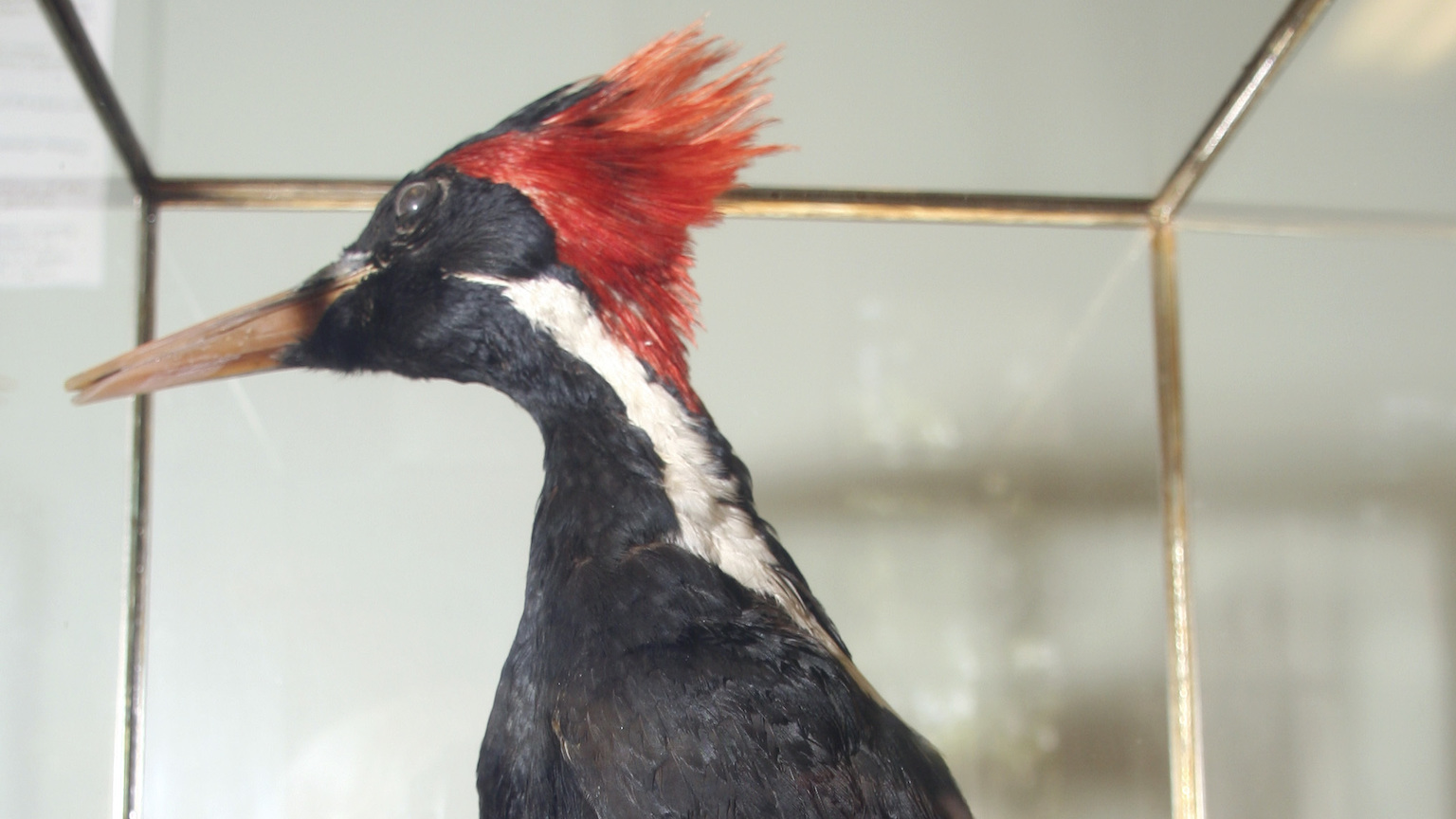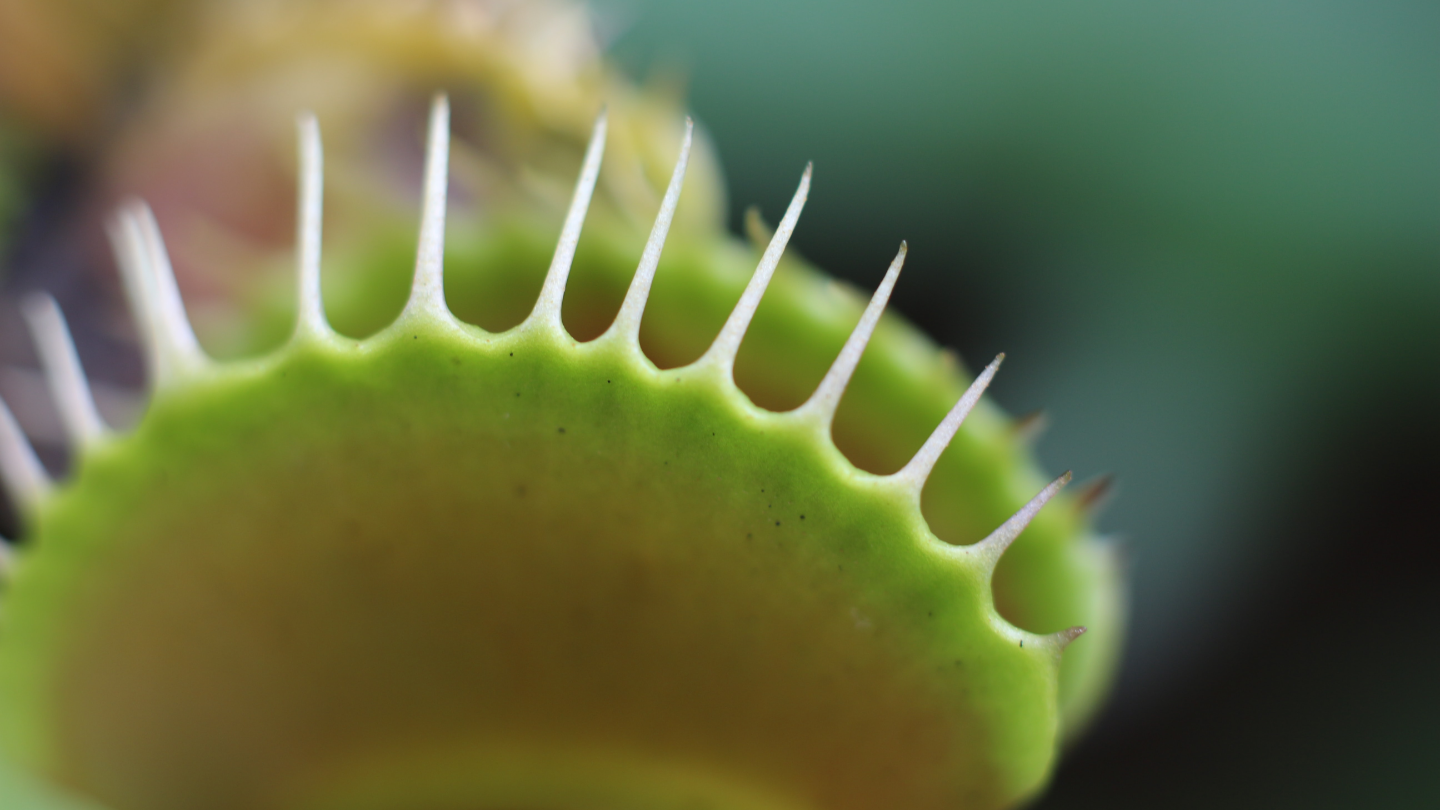Mistletoe and other parasitic plants are ecosystem engineers
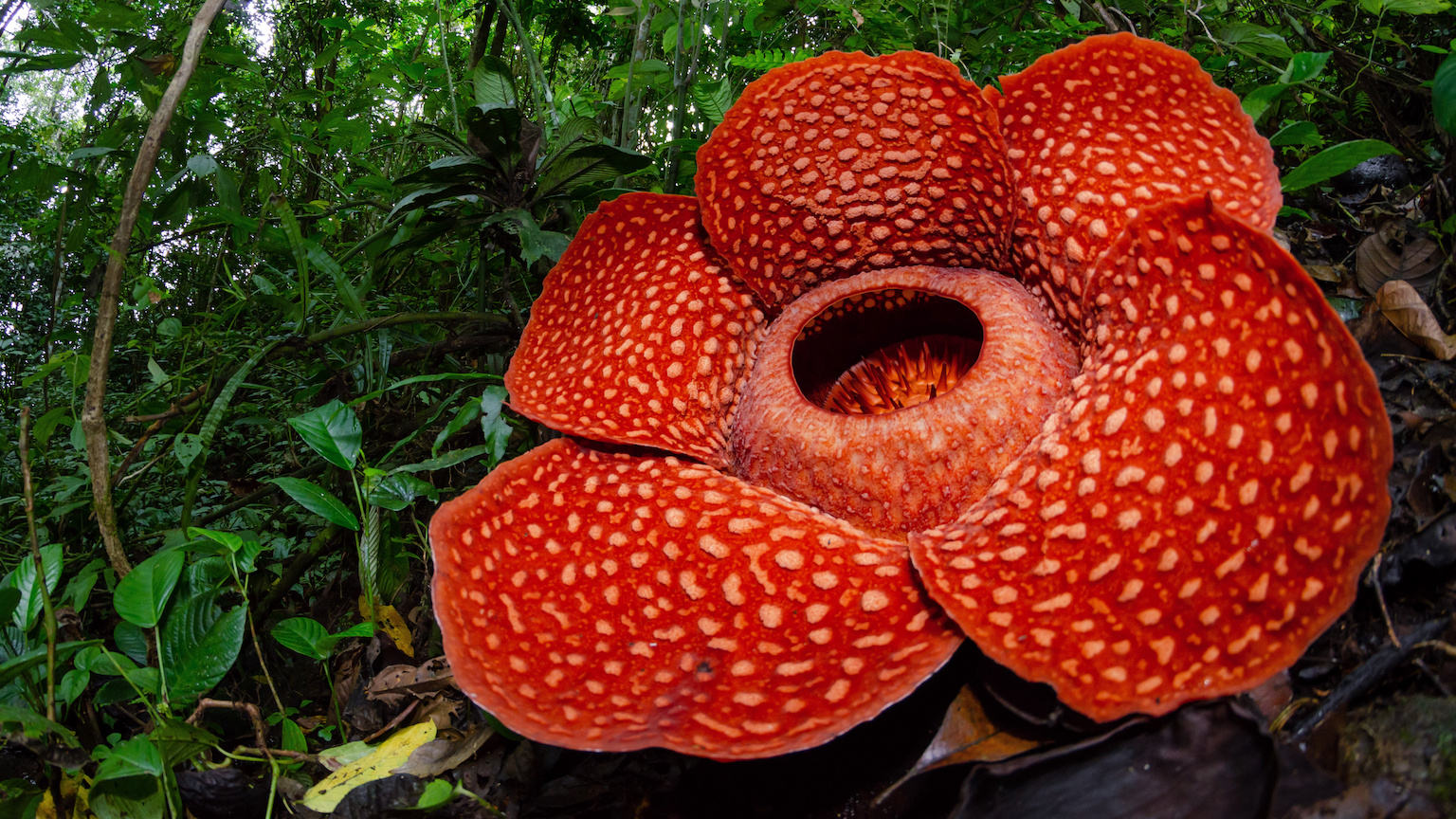
- Parasitism by plants is a widely adopted life strategy, with more than 4,880 parasitic plant species found worldwide in almost all types of ecosystems.
- Parasitic plants attach to other host plants and siphon away resources, reducing host growth and sometimes even causing its death.
- Previously considered to be mostly pests, we now know that parasitic plants can serve as keystone species and ecosystem engineers.
Photosynthesis — the ability to convert sunlight, water, and atmospheric carbon dioxide to sugar — is the defining feature of plants. However, some plant lineages have moved away from this self-sufficient lifestyle and adopted one in which they rely on other organisms to provide resources for them. What may sound like a bizarre lifestyle is quite ubiquitous worldwide: Parasitic plants account for one to two percent of all plant diversity, with 292 genera spread across diverse ecosystems.
Plants that are parasites
Parasitic plants are incredibly diverse in appearance and distribution. They are united by the presence of a specialized structure, known as a haustorium, that allows them to attach to the stem or root of a host plant. Through this, they steal resources from the host, including carbon, water, and minerals. Holoparasites (from the Greek holo– for “whole” or “entire”) are entirely parasitic, having abandoned photosynthesis and are completely reliant on their host for survival. Consequently, these plants often don’t even resemble plants; there is no point in keeping green, chlorophyll-filled leaves if they aren’t being used. The result is often striking and eye-catching.
Mistletoes and dodders, for example, are often seen as orange or dark purple “clumps” in the trees and shrubs that they parasitize. Effectively acting as herbivores, these plants can harm or even kill their hosts. For example, the genera Orobanche and Cuscuta are seen as invasive species in America, with many millions of dollars being funneled to control them from attaching to and devasting crop plants like corn and legumes.
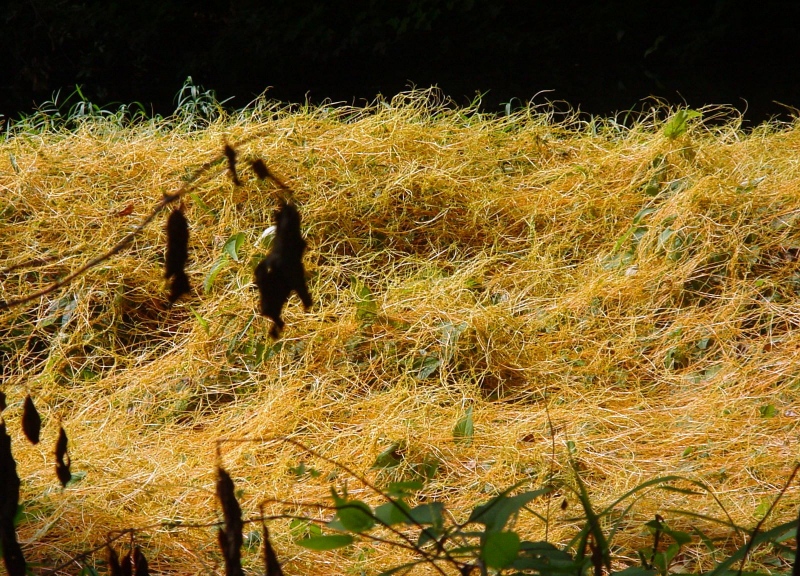
Most types of parasitic plants, however, try to have the best of both worlds. Hemiparasites are “half” parasitic (from the Greek hemi– for “half”). While they capture their own carbon dioxide, below ground they attach to and parasitize the roots of other plants, sapping resources from the host. With green leaves, fleshy tissue, and sometimes showy flowers, hemiparasites look “normal” above ground. In fact, some of the most beloved and recognizable plant species in the United States are hemiparasitic, including Castilleja, commonly known as Indian paintbrush, whose brilliant, vibrantly colored, and brush-like flowering spikes are a common sight in mountain meadows, coastal plains, and inland grasslands across North America.
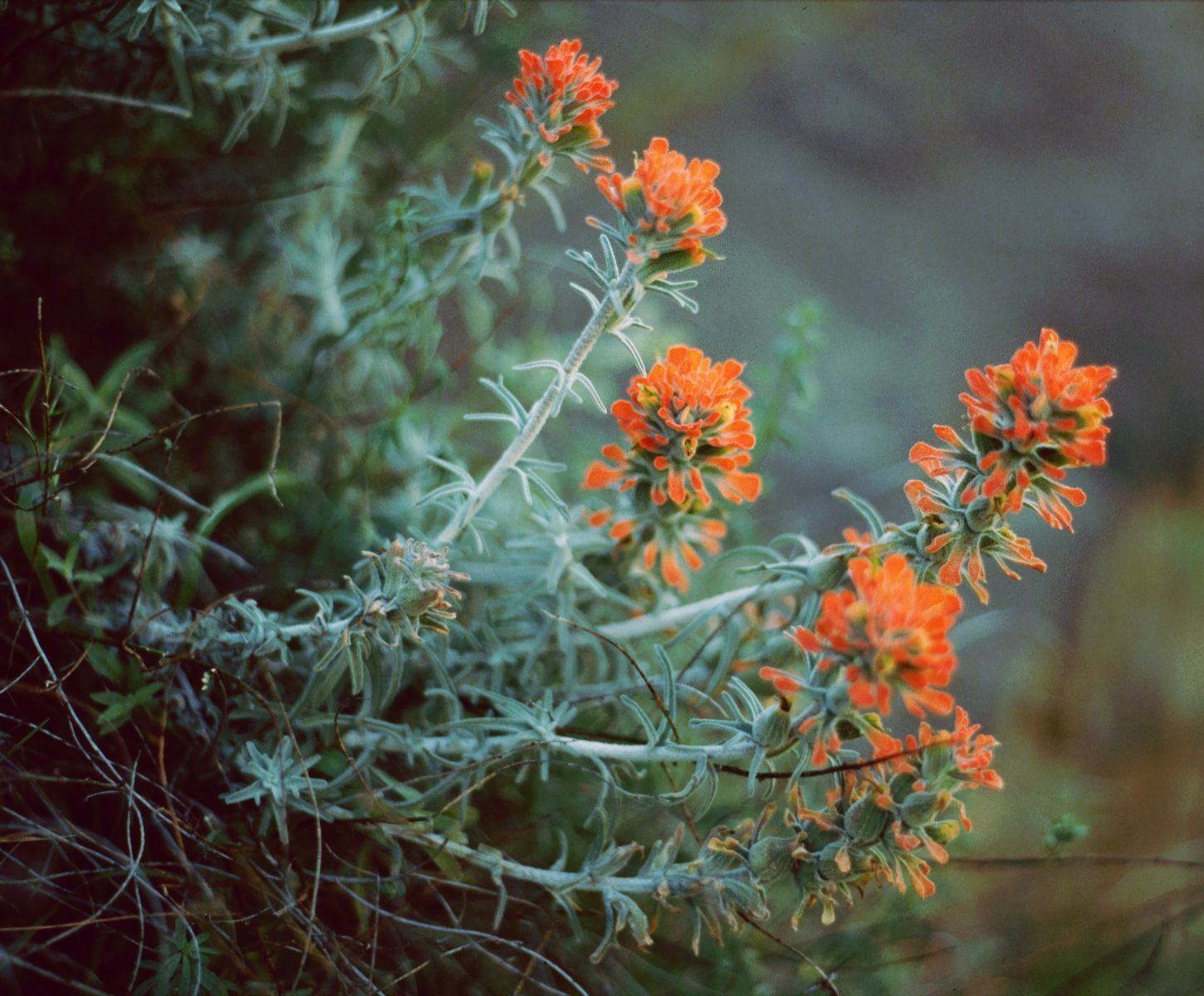
Although a large part of parasitic plant research once focused on controlling invaders, a renewed, ecological focus on hemiparasites catalyzed an influx of studies highlighting the positive and often profound roles these plants can have on ecosystem structure. Though one might suspect that a parasite only causes harm, that is far from the truth.
How parasitic plants benefit the ecosystem
Unlike most holoparasites, hemiparasites are generalists and parasitize a wide variety of host species. Therefore, plants that are highly abundant in a natural community tend to be more parasitized than those species that are less common, by simple virtue of the fact that they will be encountered more often by hemiparasites. By disproportionately attaching to and reducing the growth of dominant species, hemiparasites release other plants from competitive exclusion, improving their chances at colonizing a new area or growing in population.
Perhaps counterintuitively, many published studies have illustrated that adding a hemiparasite to an area increases overall plant diversity. These communities are also more “balanced”; rather than having a single dominant host plant with sporadic instances of other species, plant species are present in relatively equal abundances.
Several studies also have demonstrated that the impact of a hemiparasite goes far beyond the plant trophic level. In research published in 2018 by the journal Ecology, Dr. Nate Haan and colleagues showed that the chemicals in the leaf tissue of the hemiparasite Castilleja depended on which host plant species it was parasitizing. In turn, the chemical makeup of the hemiparasite’s leaves indirectly impacted the fitness outcomes of butterflies, whose caterpillars feed on Castilleja tissue.
Along with direct impacts on plant community composition, parasitic plants have been shown to alter abiotic (that is, physical rather than biological) conditions in their ecosystems. Since parasitic plants are constantly receiving material from hosts, they often suffer from an embarrassment of riches, such as excess potassium. When they die, parasitic plant litter acts as a natural fertilizer, making nutrients more available to neighboring plants and other organisms like soil bacteria. Thus, due to their unique physiology, hemiparasites can have a disproportionate effect on their ecosystems and are considered not only to be keystone species but also eco-engineers.
Parasitic plants to the rescue
The potential to use parasitic plants in ecological restoration has long been discussed. In parts of Central Europe, hemiparasites have been planted in areas that have been infested with invasive grasses that are suitable host plants for the parasites. Such efforts will soon shed light into whether hemiparasites can be used as a natural biocontrol to help in the global fight against invasive species.
